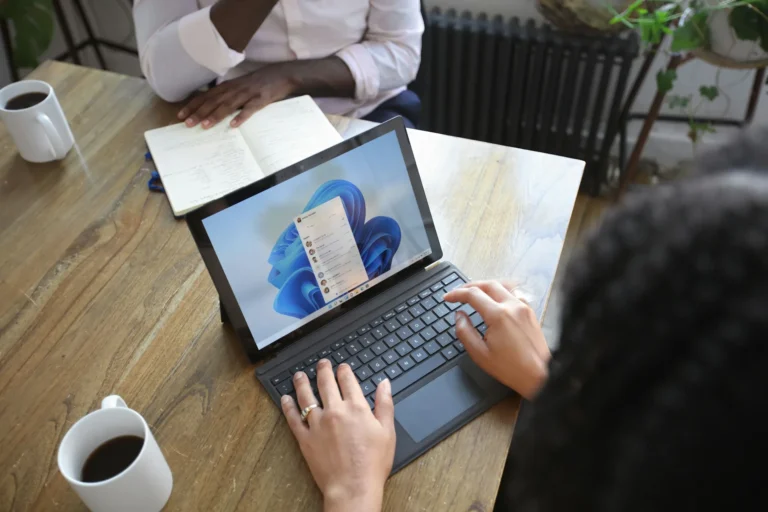Even though Windows has been around for almost thirty years, there are situations when you can use it for an extended period and still run into problems that need to be resolved by a professional.
It’s always helpful to know how to get the correct help to fix your difficulties, whether they involve cryptic errors you keep seeing, software-related problems, or just the best way to use your Windows PC, Windows 11, or Windows 10.
How to Get Support for Your Windows-Based Laptop or Computer
Depending on the kind of issue and preferred route, there are various ways to report and receive assistance for Windows difficulties.
The three methods listed below should assist you with any issue or feature on your Windows computer.
1. Use the Get Help App to get assistance
Get support; the default software for Windows is specifically designed to answer your questions about Windows, troubleshoot, and, if necessary, escalate to the Microsoft support desk.
You can use your computer’s search function for the Get Help application. Click the text box and type your search query into the App before hitting Enter. You’ll find comprehensive guidelines and connections to relevant publications addressing your issue here.
You are implementing the lessons learned in the Get Help App on Windows. Additionally, you can run multiple Windows troubleshooters—or at least try—with the Get Help app. For instance, most Bluetooth problems on Windows PCs may be resolved by entering Bluetooth Troubleshooter into the Windows Search box.
The App will then request permission to start diagnostics automatically on your behalf. After selecting Yes to proceed, you are given more choices to complete the procedure.
If the response does not satisfy you and you need more help, click the Contact Support button to speak with a Microsoft support representative. Remember that there can be a wait period if Microsoft agents are unavailable.
Use the Microsoft Help App to Get in touch with them.
You can perform a factory reset if your Windows 10 computer has hardware problems. However, before doing so, you should try a few more of the tutorial’s fixes.
2. Use the Help Button on the App
Are you having trouble using a particular Windows PC app or program? You can use the program’s support or built-in help feature.
Most apps and programs have a Help area accessible via a menu or keyboard shortcut. This section offers guides, information, and troubleshooting steps unique to each program. For example, you can use the F1 key to access the Help Center website for Microsoft Edge or Google Chrome if you’re experiencing problems with either.
3. Use the Windows Help Page or the Microsoft Community to pose questions
If you are having trouble accessing the operating system on your Windows computer or are locked out, the techniques mentioned above might not be helpful to you. To get the answers to your questions, go to the Windows help & learning page and search or explore the areas.
Another strategy for getting more detailed information about your laptop is to enter its model number. If you type its name in the search engine of your choice, you may be able to access the company’s website and get more specific information.
Keep your computer’s specifications close to hand.
Your computer’s hardware and software specs may be required when contacting a Microsoft assistant or looking for assistance online. Navigating to Settings > System > About will yield all the necessary specifications.
Windows 11 PC’s About Menu As a second option, you can search the manufacturer’s website using your laptop’s model number for specific information.
Getting Right Help
The following techniques can be employed to search for support on Windows-related matters. Still, most of them remain valid, as I often use Microsoft’s Get A Helpful app for any challenge; it’s always a good idea to carry a few extra tips around.
If everything else fails, you may always call someone for assistance or use the highly primitive free remote desktop application built in.


